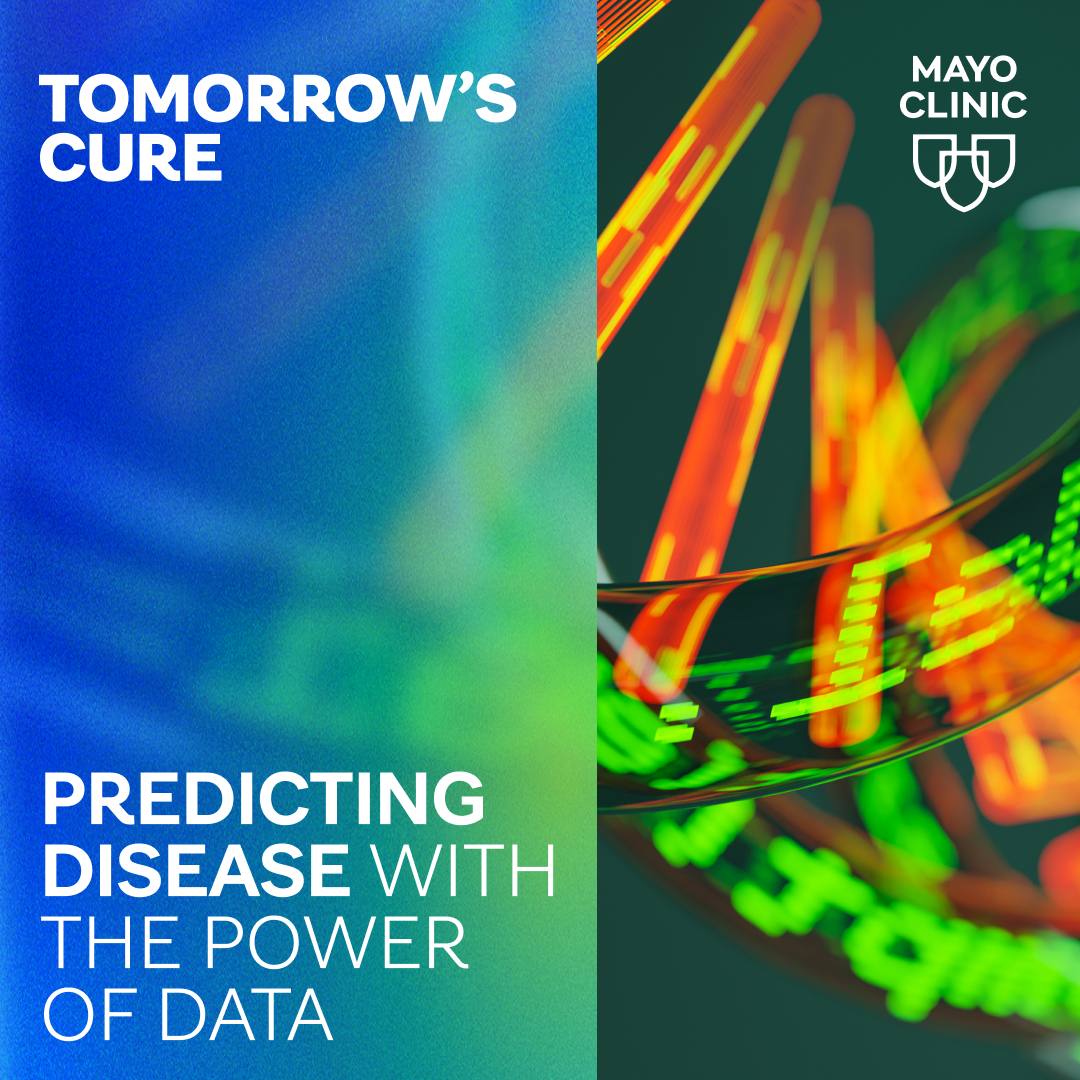-
Mayo Clinic Minute: Historic holiday discovery
Twas the night before Christmas, and a chemist couldn’t sleep. So he worked in his lab, instead of counting sheep. It happened more than 100 years ago at Mayo Clinic. The result was a Christmas Eve discovery that still benefits millions of thyroid patients to this day.
Thyroid problems affect up to 10 percent of women and 3 percent of men. That helps explain why levothyroxine, a synthetically made thyroid hormone, is the most commonly prescribed medication in the U.S. The origins of this inexpensive daily pill can be traced back to that restless holiday night long ago.
Journalists: A broadcast-quality video package (1:00) is in the downloads. Read the script.
The thyroid. It’s a butterfly shaped gland that resides just below the Adam’s apple. Its main purpose is making essential hormones. “A thyroid hormone is important in the metabolism of basically every -- every cell, every tissue, every organ in the body,” says Dr. John Morris III, a Mayo Clinic endocrinologist.
Dr. Morris says treating thyroid complications kept the famous Mayo brothers quite busy a century ago. It’s the reason they recruited Edward Kendall, a young chemist obsessed with isolating thyroid compounds.
“And, actually, as the story goes, he came in on Christmas Eve in 1914 to do one additional round of purification, and to try to crystallize this newest preparation - the first time the hormone from the thyroid, that we now call thyroxin, had been purified,” Dr. Morris explains.
The discovery means millions of people now have this potentially lifesaving medication. Kendall also went on to help identify cortisone, earning him a Nobel Prize in 1950.
Related Articles







